PPT-The Principal’s Role
Author : pasty-toler | Published Date : 2020-01-02
The Principals Role in Developing Academic and Behavioral Expectations that Systematically Support School Culture Presenters Jeromey M Sheets EdD Past President
Presentation Embed Code
Download Presentation
Download Presentation The PPT/PDF document "The Principal’s Role" is the property of its rightful owner. Permission is granted to download and print the materials on this website for personal, non-commercial use only, and to display it on your personal computer provided you do not modify the materials and that you retain all copyright notices contained in the materials. By downloading content from our website, you accept the terms of this agreement.
The Principal’s Role: Transcript
Download Rules Of Document
"The Principal’s Role"The content belongs to its owner. You may download and print it for personal use, without modification, and keep all copyright notices. By downloading, you agree to these terms.
Related Documents

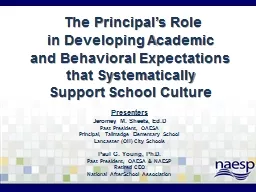
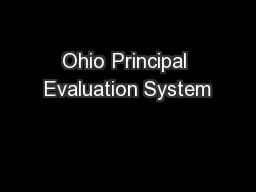
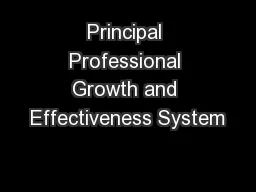
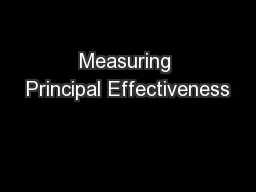
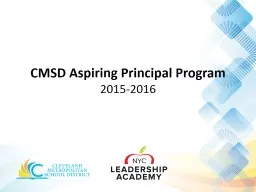
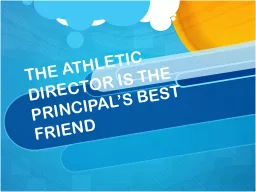
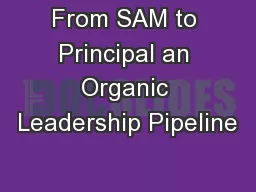
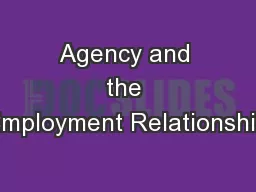
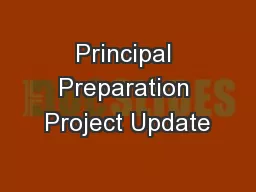
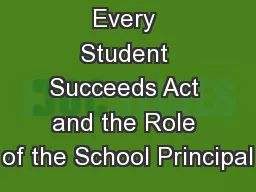


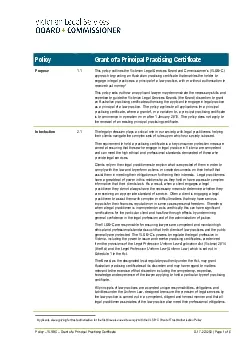
![[DOWNLOAD] Principal Gifts: Behind Every Great School Is A Great Principal: Welcome Notebook](https://thumbs.docslides.com/1004655/download-principal-gifts-behind-every-great-school-is-a-great-principal-welcome-notebook-funny-thank-you-appreciation-gifts-for-principals-funny-family-or-coworkers-principal-s-day-gifts.jpg)